Dietary Supplements – Protein Background & Fitness for Purpose
resources - Recent Conference Materials

Stakeholder Panel on Dietary Supplements – Protein Background & Fitness for Purpose
Proteins are polypetides made of individual amino acids in a linear chain. They form the basis of life and perform functions in every system of the human body. Enzymes catalyze biochemical reactions and hormones are used for cell signaling and communication. Proteins also synthesize and repair DNA, transport materials across the cell, respond to stimuli, and provide structural support.
SIGNIFICANCE
It is estimated that 4 billion metric tons of food protein is produced globally. It’s also estimated that $94M was lost by changing the nitrogen-to-protein factor for dairy products from 6.38 to 6.25 in Europe in 2006. Proteins make up $4.7B dollars in the Sports Nutrition industry, which represents 70% of the total revenue in that category
ADULTERATION
Non-selective protein methods have fueled the potential to adulterate samples with non-proteins and give inaccurate results. Melamine, urea, free amino acids cannot be differentiated using Kjeldahl, Dumas methods and have been the source of scandals. While public health is still at risk, economics still push adulteration.
EXISTING METHODS
Some proteins have FCC monographs. For example, Whey Protein is identified by testing for:
- Ash
- Fat
- Lactose
- Loss on drying
- Nitrogen (and apply conversion factor)
Other existing methods include DNA Analysis and LC/MS/MS.
A quantitative method used is the Kjeldahl method. Wet digestion converts nitrogen to ammonium sulfate. We then neutralize to convert to free ammonia, and then distill ammonia into boric acid. We then back titrate with alkali. Lastly we convert the nitrogen concentration to protein using conversion ratio. “True Protein” can be determined by precipitating out protein, analyzing remaining nitrogen, subtracting from total nitrogen content.
Another quantitative method is the Dumas method. We combust samples at high temp with oxygen to form water, carbon dioxide, nitrogen. Then we remove water and carbon dioxide using column. Nitrogen is measured using a thermal conductivity detector. We then convert nitrogen concentration to protein using conversion ratio.
The Amino Acids method involves hydrolyzing protein into amino acids. The goal is to derivatize amino acids. We determine protein by summing individual amino acids.
In Dye-binding, we form complex with dye and protein using ionic or electrostatic forces. We determine dye concentration using a spectrophotometer.
In copper-Binding, copper ions react with proteins to form complex. Absorbance is measured at 540 nm.
Other methods include UV absorption and Infrared.
CHALLENGES WITH EXISTING METHODS
There are a few challenges that arise with the existing methods. With the Kjeldahl and Dumas method, they are not selective to protein. With True Protein Kjeldahl it’s non-protein, nitrogen-containing compounds may precipitate or form complex with precipitated protein. In the Amino Acid method there is Inaccurate quantitation due to variable recovery of amino acids. In Copper and Dye-Binding, there can be other constituents besides proteins that form complexes.
There is also a lack of standards. Protein biosynthesis is expensive, time-consuming, not robust. Proteins samples vary widely and usually include multiple proteins.
THINGS TO CONSIDER
When choosing a method, there are a few things to consider. Should method address qualitative or quantitative aspect? Or, both? Should ranges be established for quantitative methods? Are multiple methods required as part of orthogonal approach due to complex nature? How to define which proteins need to be analyzed, since samples usually contain multiple proteins, and even the same protein species can be diverse between samples? How to overcome the challenge of obtaining adequate reference material standards?
FITNESS FOR PURPOSE
The qualitative method must provide positive confirmation of specific protein. The quantitative method must provide accurate and precise concentrations of specific proteins in raw materials and finished goods. Orthogonal methods may be required due to complex approach to analysis.
